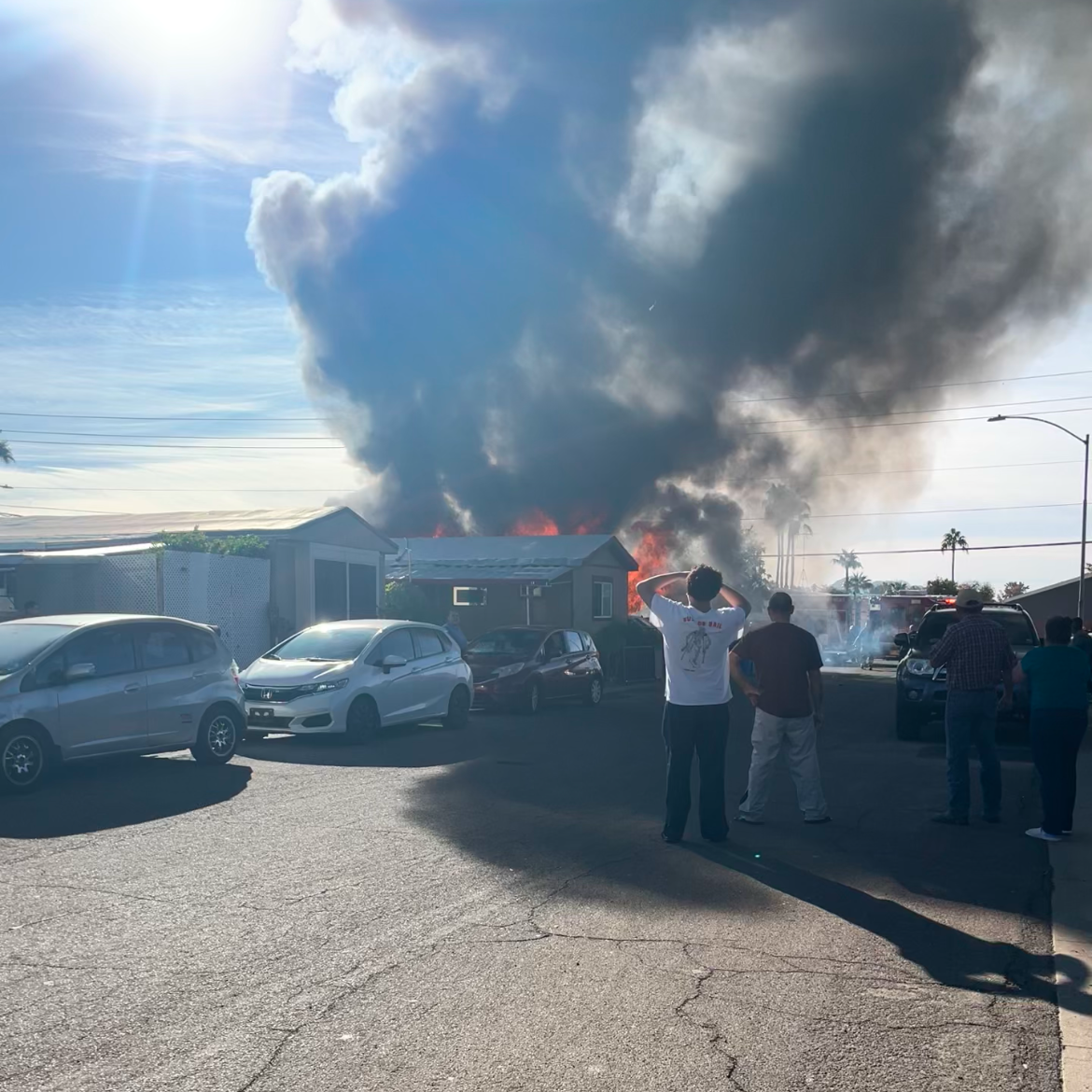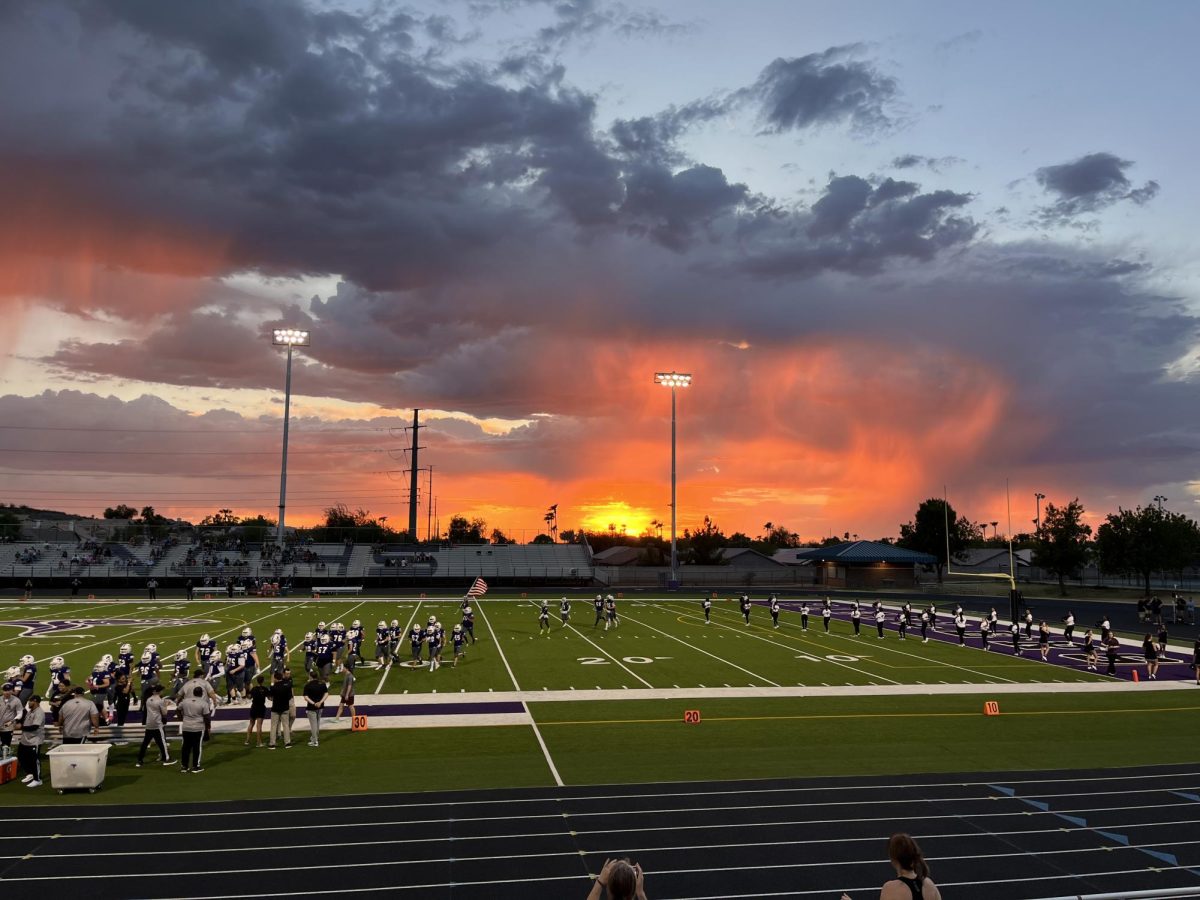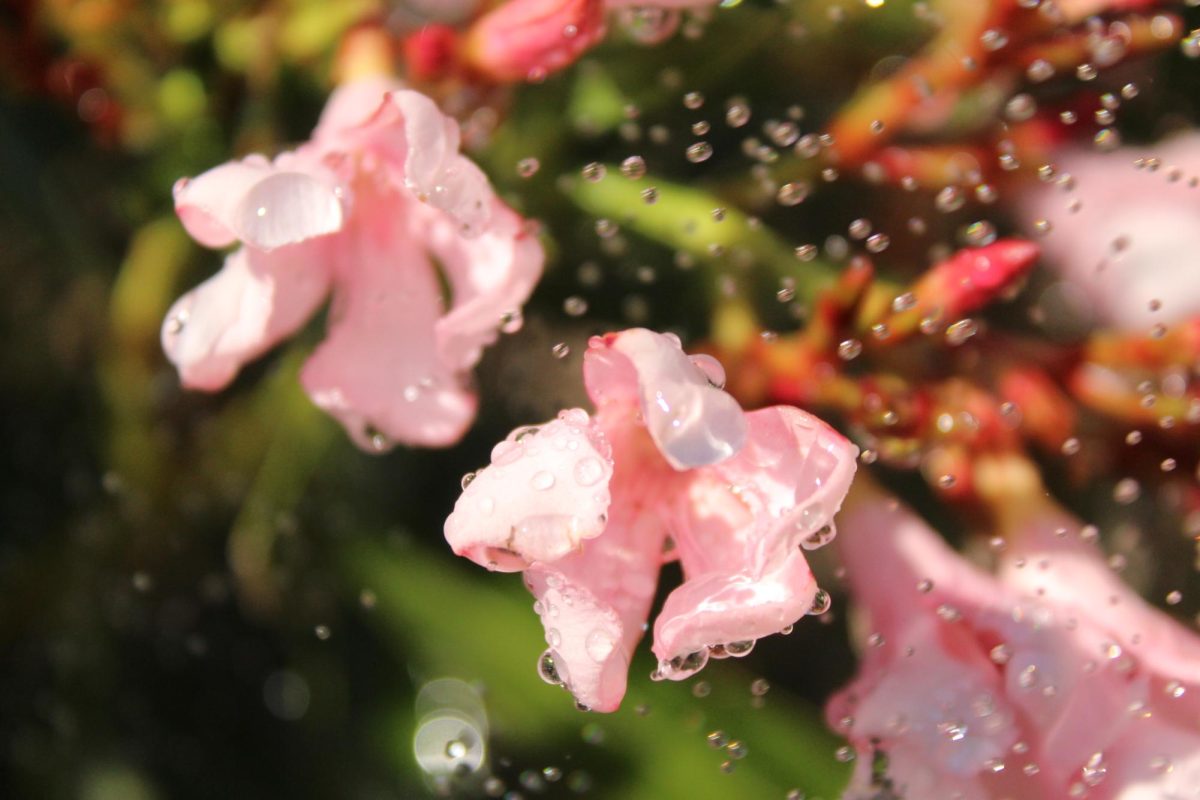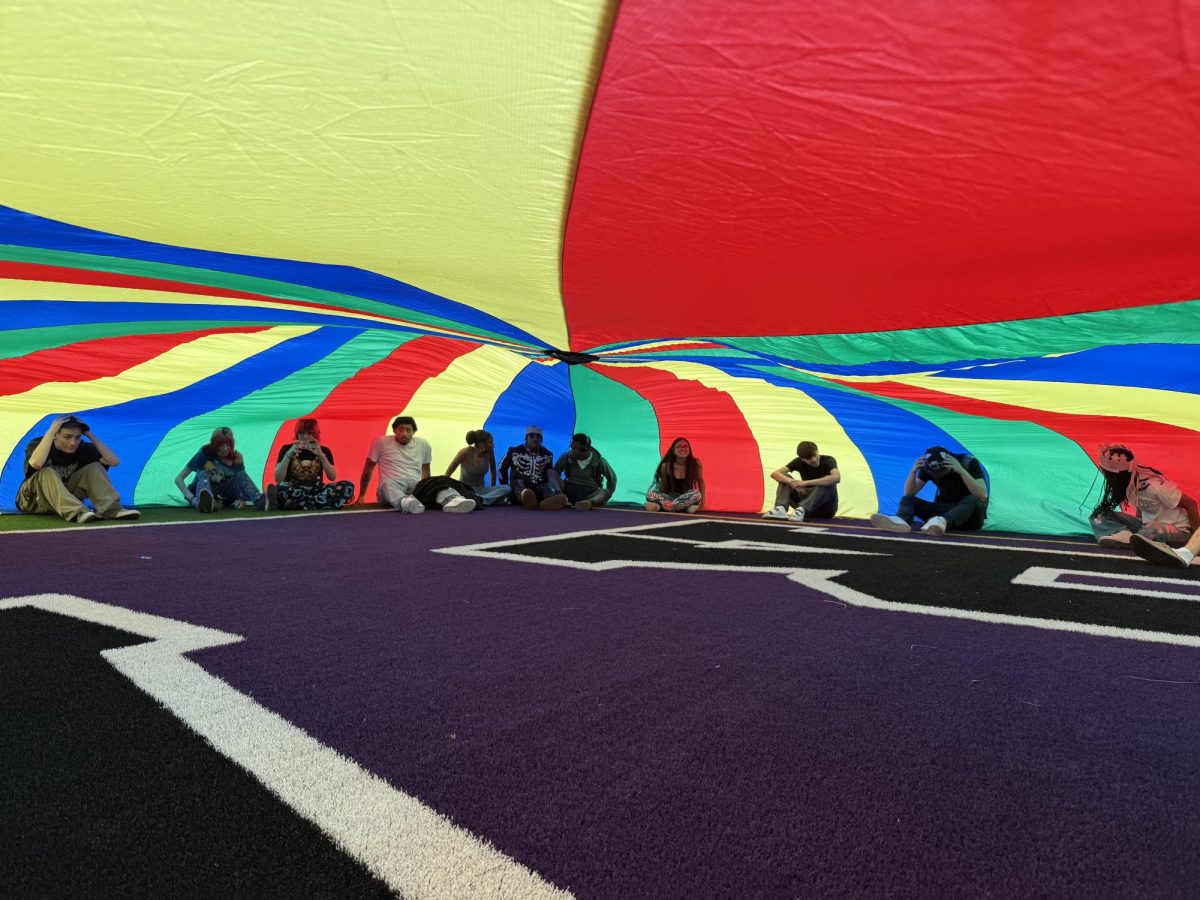Water, we all know its importance to life and even more so we know how important it is here in the desert but yet at times we take it for granted seeing how easily it is to open a tap or faucet forgetting just how important H2O is here in Phoenix and generally in the state of Arizona. Moreover with the recent changes in water conservation especially with the drought and climate change, concern over our water resources has spilled more into the public eye. However, local governments, universities, private companies, and many more know of these issues and have begun teaming up to adopt new policies to conserve water, with even civilians pitching in to save water in the desert.
A majority of water supplies are used for people, especially in cities, and naturally the larger the city the more water it needs to use. Phoenix is the capital and the largest city in the state with a population of 4.9 million in its metropolitan area where according to Arizona State University 2.3 million acre-feet of water is used The City of Phoenix Water Services Department reports that water consumption tends to go up in the summer months in June, July, August, and September unsurprisingly as Phoenix is known for its hot summers, then consumption goes down in December, January, February, and March with water consumption staying in the middle during April, May, October and November.
In addition, Public Information Officer; Jimena Garrison was able to answer a couple of questions regarding the city’s water management policies mainly what residents can do with Ms. Garrison stating: “The City of Phoenix, encourages residents to embrace a Culture of Conservation and be mindful of the water they use in their everyday lives. Residents are invited to take the Save Water Pledge- an easy, actionable commitment and responsible water habits all year long.” In addition to this, Ms. Garrison also highlighted financial incentives to promote water conservation one of which Ms. Garrison highlighted as the new residential grass incentives where residents are eligible to receive 2 dollars per every sq. foot of grass removed.
However, the largest consumer of water in Arizona is agriculture where the Arizona Department of Water Resources states, that water for agricultural use accounts for 72 percent of the total water supply consumption which is almost three-quarters and leaves only around a quarter of the total water supply remaining for other uses.
Arizona’s Water Use By Sector (Source: ADWR)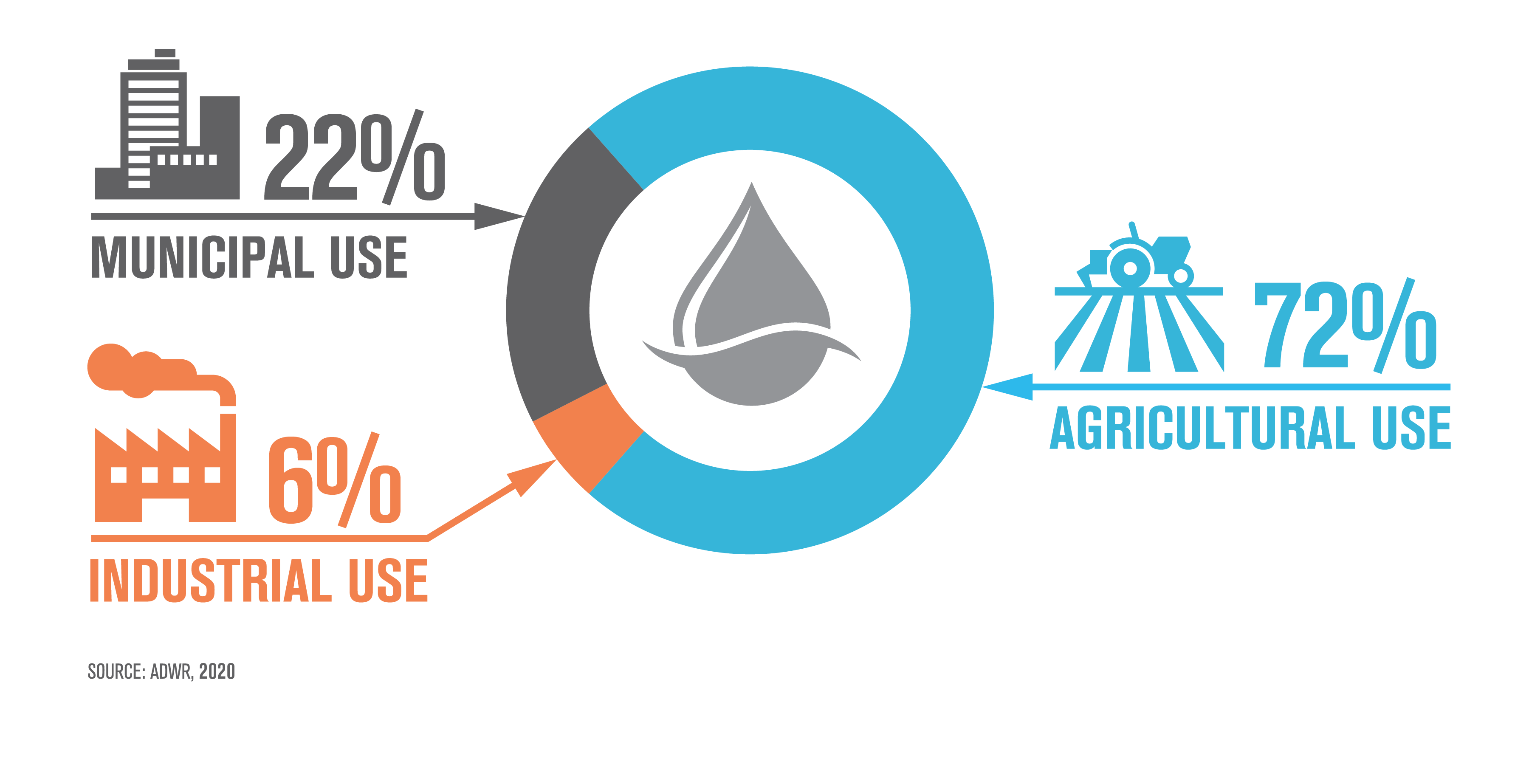 A report published by the University of Arizona’s Yuma Center of Excellence for Desert Agriculture (2023) found that besides irrigation being used to replace water lost from evapotranspiration it also serves other benefits such as land preparation, decomposition of residues, germination, soil distribution, frost control and salt management. Salt management is of particular interest as according to the report floodplain districts in Yuma have salts that build up in the soils and without management the build-up of salt would heavily impact plant growth. The report also poses a solution to current irrigation by adopting drip irrigation however further studies showed that drip irrigation still has its limitations along with benefits in water conservation.
A report published by the University of Arizona’s Yuma Center of Excellence for Desert Agriculture (2023) found that besides irrigation being used to replace water lost from evapotranspiration it also serves other benefits such as land preparation, decomposition of residues, germination, soil distribution, frost control and salt management. Salt management is of particular interest as according to the report floodplain districts in Yuma have salts that build up in the soils and without management the build-up of salt would heavily impact plant growth. The report also poses a solution to current irrigation by adopting drip irrigation however further studies showed that drip irrigation still has its limitations along with benefits in water conservation.
Additionally, despite worries about the Colorado River drying up, the state of Arizona only receives about 31% of its water from the river with most of the water coming from groundwater but even then water resources are becoming strained as depletion of underground aquifers start becoming more of a concern with rural places in Arizona where groundwater depletion is more of a concern as unlike big cities like Phoenix or Tucson, rural towns in Arizona often don’t have the same levels of sophistication of water management as big cities.
An article written by Wyatt Myskow for Inside Climate News states that while big cities in Arizona have strict groundwater management policies that prevent overconsumption and drawing way too much water from aquifers, places in rural areas of Arizona lack these strict policies and therefore are more prone to losing access to water especially as the state’s population continues to grow and more companies, industries, and people move to the Grand Canyon State.
However, there have been initiatives to help rural Arizona conserve and manage water with the Arizona Department of Water Resources having developed programs for rural areas to help in managing and conserving water along with establishing the Governor’s Water Policy Council which has a committee dedicated to managing rural groundwater.
While the drought, climate change, and many more issues pressure states in the southwest to change up their water management and conservation policies to ensure water remains not just for the current generation but also future ones as well and with correct water conservation measures, policy-making regarding water management, and educating the public about conservation and new policies we can ensure the sapphire of the southwest never runs dry.
Works Cited:
Dr. Biology (2017, May 12). How much water are we using per year in the Phoenix area? ASU – Ask A Biologist. Retrieved January 28, 2025, from https://askabiologist.asu.edu/questions/how-much-water-are-we-using-year-phoenix-area
City of Phoenix (n.d.). Water and Sewer Rates and Charges. City of Phoenix Water Services Customer Service. Retrieved December 17, 2024, from https://www.phoenix.gov/waterservices/customerservices/rateinfo
University of Arizona. (2023). Quantitative Assessment of Water and Salt Balance for Cropping Systems in the Lower Colorado River Region. Yuma Center of Excellence for Desert Agriculture https://desertagsolutions.org/sites/desertagsolutions.org/files/2024-04/QuantitativeAssessmentsReportonwaterandsaltbalance_eread.pdf
Myskow, W. (2023, December 19). Rural Arizona Has Gone Decades Without Groundwater Regulations. That Could Soon Change. Retrieved January 17, 2025, from https://insideclimatenews.org/news/19122023/rural-arizona-decades-without-groundwater-regulations/
Arizona Department of Water Resources (n.d.). Rural Programs. Az.gov. Retrieved January 23, 2025, from https://www.azwater.gov/rural-programs

